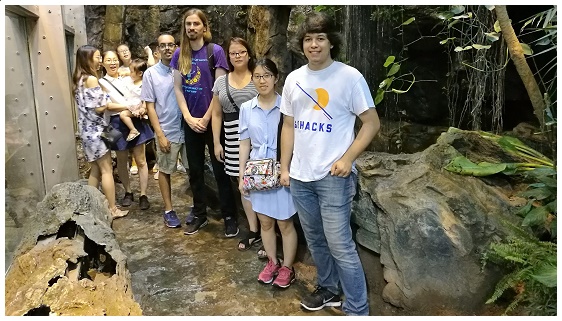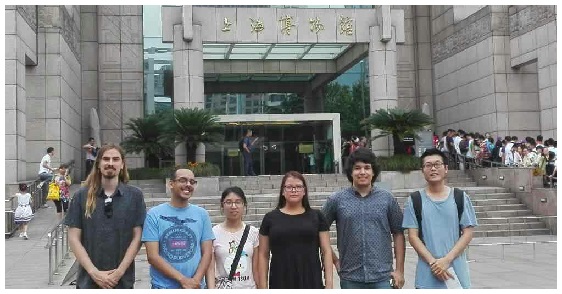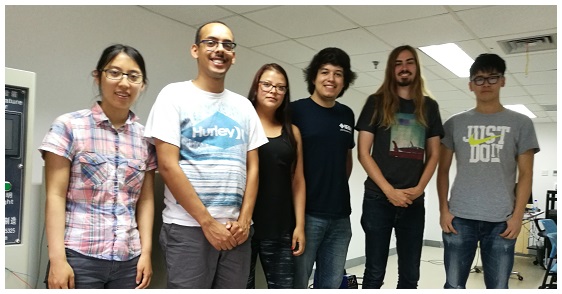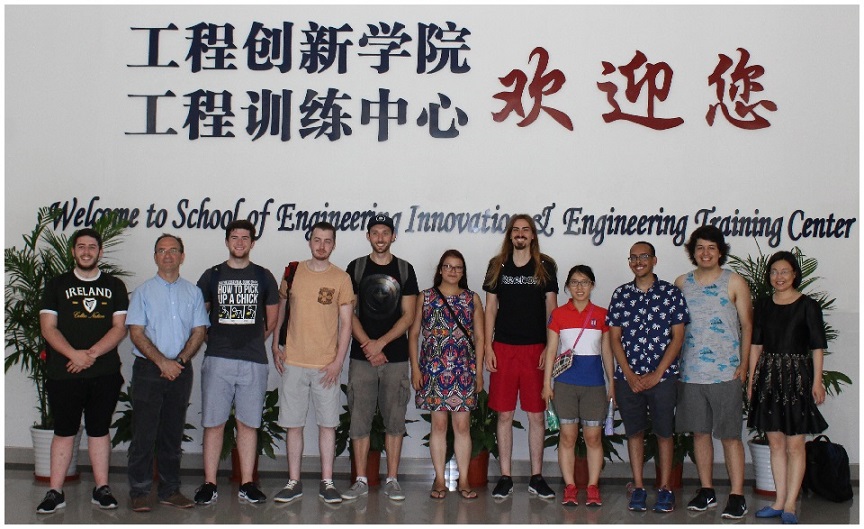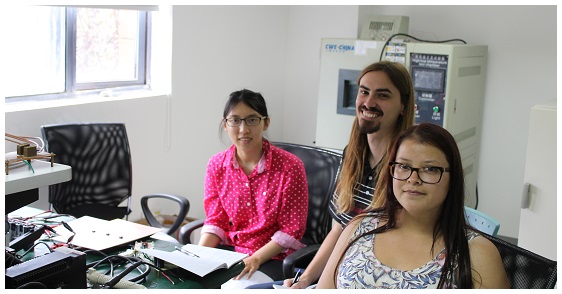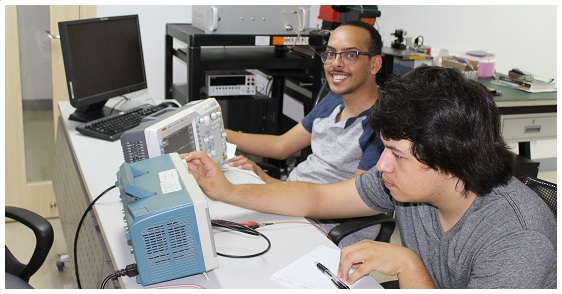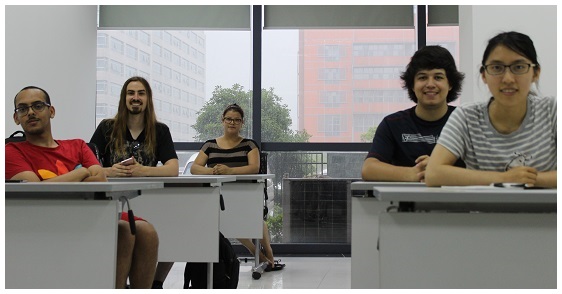Shanghai Museum of Science and Technology

We spent our Sunday at Shanghai's Science and Technology Museum. The exhibit topics ranged from dinosaurs to exhibits about Einstein's theory of relativity. The technology section had one display on the production microchips which talked about Moore's Law. Other exhibits detailed the history of science; each mentioning various famous scientists and their experiments. We also saw one of their science shows about the universe. Although it was in Mandarin, the show was still very nice and enjoyable.
